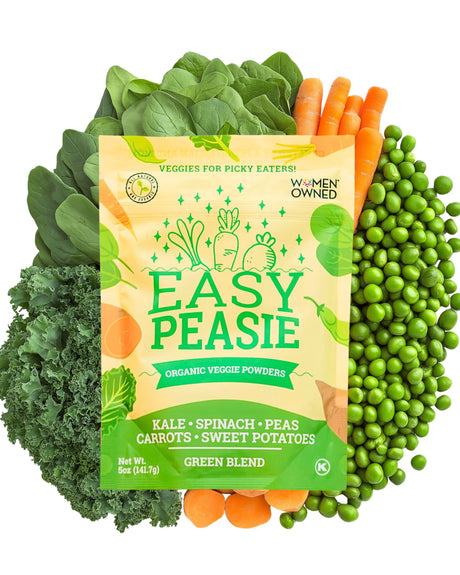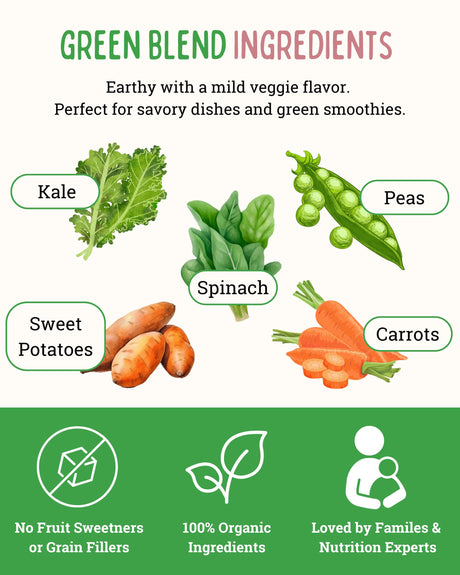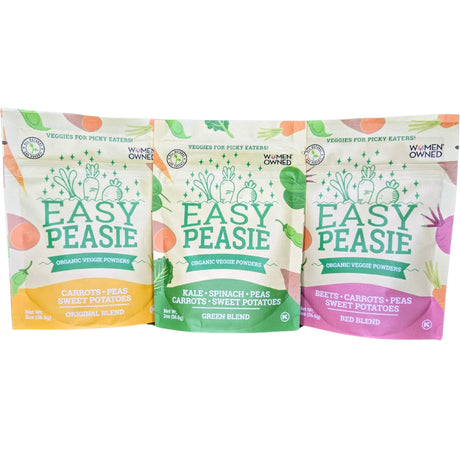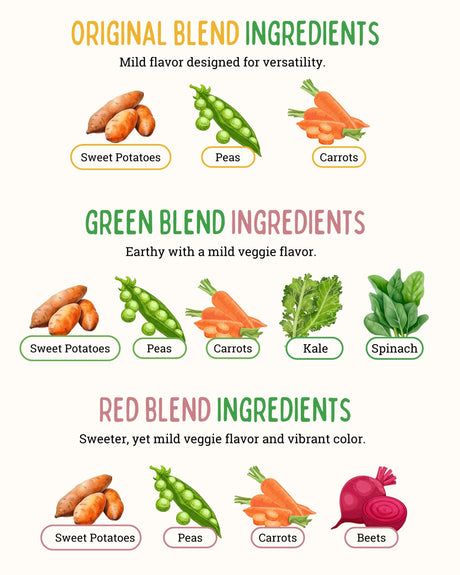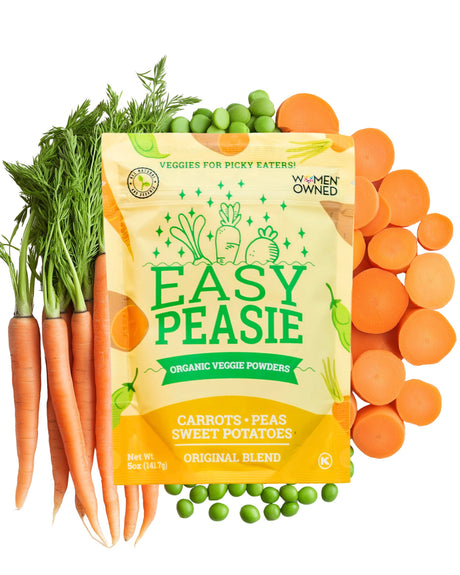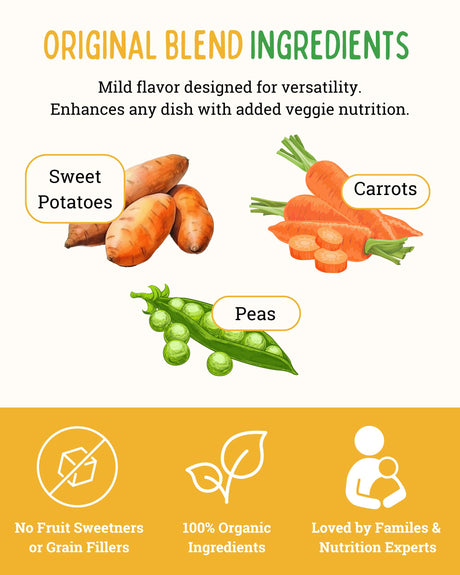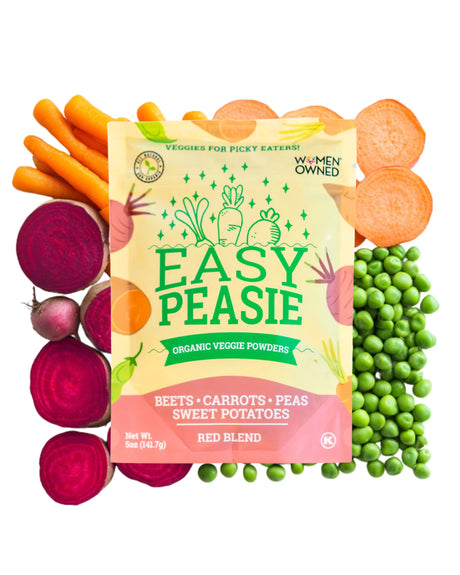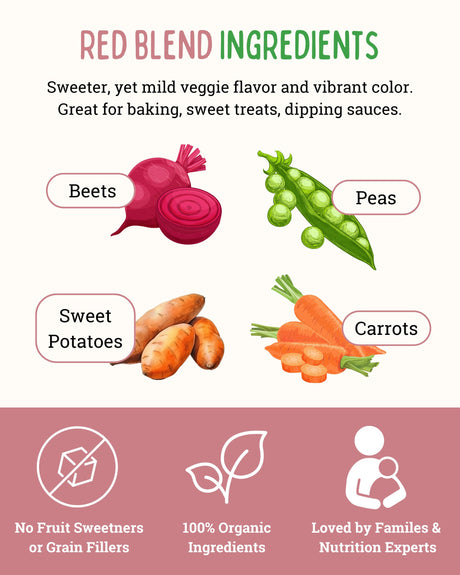Reinventing Lasagna with a Veggie Twist
Embracing a Healthier Take on a Classic Comfort Food
Lasagna, a beloved classic in the realm of comfort food, is getting a wholesome makeover in our kitchen today. Imagine layers of tender pasta, rich cheese, and a vibrant array of vegetables, all coming together in one delicious dish.
This veggie-packed lasagna is not just a feast for the taste buds but also a powerhouse of nutrition. It’s a perfect example of how a traditional recipe can be transformed into a healthful meal that appeals to the whole family, satisfying the cravings of adults and sparking the curiosity of children with its colorful veggie layers.
Health Benefits in Every Layer
Our veggie-packed lasagna is more than just a tasty meal; it's a canvas for nutritious ingredients. By incorporating a variety of vegetables, we boost the fiber, vitamin, and mineral content of the dish, making it a well-rounded meal.
From spinach's iron-rich goodness to the antioxidants in bell peppers and zucchini’s contribution to hydration, each vegetable brings something unique to the table. This recipe is a testament to the fact that healthful eating can be both easy and delightful, appealing to both the health-conscious and those with a penchant for traditional flavors.
Join us as we dive into the layers of this scrumptious, nutrient-rich lasagna, a dish that promises to be a new family favorite.
Health Benefits of Incorporating Veggies in Meals

Nutritional Powerhouses on Your Plate
Incorporating a variety of vegetables into our diets is akin to filling our plates with a spectrum of nutrients essential for our health. Vegetables are nature's multivitamins, packed with vitamins, minerals, fiber, and antioxidants.
A diet rich in vegetables can reduce the risk of chronic diseases, support gut health, aid in weight management, and promote overall wellness. The fiber in vegetables not only aids digestion but also helps in maintaining stable blood sugar levels and a feeling of fullness, which is beneficial for appetite control.
Spotlight on Lasagna's Veggie Heroes
In our veggie-packed lasagna recipe, we feature a variety of vegetables, each bringing its unique health benefits. Spinach, a key ingredient, is rich in iron, calcium, and vitamins A and C, which are crucial for healthy skin, hair, and bones.
Zucchini, another star player, is low in calories but high in fiber and water content, making it excellent for digestion and hydration. Bell peppers add a burst of vitamin C and antioxidants, supporting the immune system and adding vibrant color and flavor to the dish.
Mushrooms, often used in place of meat for their hearty texture, are packed with B vitamins and minerals. Each of these vegetables contributes to the nutritional profile of the lasagna, making it not just delicious but also a balanced meal choice for the family.
Ingredients and Substitutes
Essential Ingredients for Veggie-Packed Lasagna
Crafting a delightful veggie-packed lasagna starts with gathering the right ingredients. Essential to this recipe are whole grain lasagna noodles, which provide a hearty base and additional fiber.
For the vegetable layers, you'll need spinach, zucchini, bell peppers, and mushrooms, offering a variety of textures and flavors.
Ricotta and mozzarella cheese bring creaminess and melt-in-your-mouth goodness, while a jar of your favorite marinara sauce adds rich, tomatoey depth. Don't forget the herbs and spices – garlic, basil, and oregano – to enhance the overall flavor profile.
Catering to Various Dietary Preferences
This lasagna can easily be adapted to meet various dietary needs. For a gluten-free version, simply substitute the whole grain noodles with gluten-free lasagna sheets. To make this dish vegan-friendly, swap the ricotta and mozzarella with their plant-based counterparts. Nutritional yeast can be a great addition for a cheesy flavor without dairy.
For those looking to add more protein, consider layering in cooked lentils or a meat substitute. If you're catering to a nut allergy, ensure that any plant-based cheese substitutes used are nut-free. These substitutions allow you to maintain the essence and enjoyment of the lasagna while making it suitable for everyone at your dining table.
Assembling the Lasagna

Layering: The Art of Building Your Lasagna
The process of assembling your lasagna is where the magic happens. Begin by spreading a thin layer of marinara sauce at the bottom of your baking dish; this prevents the noodles from sticking. Next, place your first layer of noodles over the sauce.
On top of the noodles, add a layer of the ricotta cheese, spread evenly. Now comes the vibrant layer of your prepared vegetables — the spinach, zucchini, bell peppers, and mushrooms. For an extra flavor punch, sprinkle some herbs like oregano or basil over the veggies.
The Finishing Touches for a Visual and Tasty Delight
After the vegetable layer, add another layer of noodles and repeat the layers until all ingredients are used up, finishing with a layer of noodles topped with marinara sauce. For the final touch, sprinkle a generous layer of shredded mozzarella cheese on top.
This not only adds a delicious gooeyness but also creates a golden, appetizing crust when baked. To make the lasagna visually appealing, consider creating patterns with the vegetable layers or adding some colorful cherry tomatoes or bell pepper slices on the top before the final cheese layer.
These little touches not only enhance the beauty of the dish but also add bursts of flavor.
The Perfect Baking Technique

Achieving the Ideal Lasagna Texture
The secret to a perfect lasagna lies in how it’s baked. The goal is to achieve a harmonious balance between a crispy top layer and a gooey, melting center. Preheat your oven to a moderate temperature, typically around 375°F (190°C).
This ensures the lasagna cooks evenly without burning the top or leaving the middle undercooked. Cover the lasagna with aluminum foil for the first part of the baking process. This step is crucial as it traps steam and helps cook the lasagna thoroughly without drying out the top.
Timing and Temperature: Keys to Perfection
Baking time is critical in achieving the perfect lasagna. Generally, a lasagna takes about 45 minutes to an hour to bake properly. Start by baking it covered for about 30-40 minutes. Then, remove the foil and continue to bake for another 10-15 minutes.
This final stage without the foil allows the top to become deliciously crispy and golden. Keep an eye on it during the last few minutes to ensure it doesn't over-brown. Once removed from the oven, it's important to let the lasagna rest for about 10-15 minutes before serving.
This resting period allows it to set, making it easier to cut and serve while ensuring that every bite is as delightful as the last.
Customizing Your Lasagna
Tailoring Your Lasagna to Taste Preferences
The beauty of lasagna is its versatility, allowing for numerous customizations to suit different taste preferences. For cheese lovers, experimenting with a variety of cheeses can elevate the flavor profile.
Alongside ricotta and mozzarella, consider adding layers of creamy goat cheese or sprinkle some sharp Parmesan for a rich, savory note. For those who enjoy a meatier dish, you can add cooked ground turkey, chicken, or even plant-based meat alternatives.
These proteins can be layered in with the vegetables or mixed into the marinara sauce for a more integrated texture and flavor.
Making Lasagna Enticing for Children
When it comes to making lasagna more appealing to children, especially picky eaters, the key is to focus on familiarity and presentation. Try using milder cheeses if your child is sensitive to strong flavors. Incorporating vegetables in a way that they blend seamlessly with the rest of the ingredients is also a good strategy.
For example, finely grating or pureeing vegetables like carrots or zucchini can make them less noticeable. You can also involve kids in the assembly process, letting them add ingredients and build their layers. This hands-on experience can make them more excited about eating the final product.
Lastly, serving the lasagna in a fun, creative manner, such as cutting it into various shapes if possible, or pairing it with their favorite side dishes, can make the meal more enjoyable for younger diners.
Storing and Reheating
Preserving Your Lasagna for Later Enjoyment
Properly storing leftover lasagna is key to maintaining its freshness and flavor for future meals. First, allow the lasagna to cool to room temperature before storing to prevent condensation and sogginess.
Then, transfer the lasagna to an airtight container or wrap it tightly in plastic wrap or aluminum foil. Stored in the refrigerator, the lasagna will keep well for up to five days. For longer storage, lasagna can be frozen.
Divide it into portions, wrap each piece securely, and freeze. Frozen lasagna can last for up to three months. Remember to label your containers with the date to keep track of freshness.
Reheating for a Just-Baked Experience
When it's time to reheat your lasagna, doing so properly can bring it back to its original glory. For reheating in the oven, preheat to 350°F (175°C) and place the lasagna in an oven-safe dish. Cover with foil to keep the moisture in and heat for about 20-30 minutes, or until heated through. If you're reheating a single serving, the microwave can be a quick alternative.
Place a portion of lasagna on a microwave-safe plate, cover with a microwave-safe lid or damp paper towel, and heat on medium power in one-minute intervals until thoroughly warmed. This method helps retain the moisture, preventing the lasagna from drying out.
By following these reheating practices, you can enjoy your lasagna with the same rich flavor and texture as when it was freshly baked.
Nutritional Breakdown
Understanding the Nutritional Content of Veggie-Packed Lasagna
When we dive into the nutritional aspects of our veggie-packed lasagna, we find a meal that's as nourishing as it is delicious. A typical serving of this lasagna can vary in calorie count depending on the specific ingredients and portion sizes, but generally, it is a well-balanced meal in terms of macronutrients.
The whole grain noodles offer complex carbohydrates and fiber, which provide energy and aid in digestion. The variety of vegetables boosts the fiber content even further, along with providing essential vitamins and minerals.
Breaking Down the Macros
In terms of macronutrients, this lasagna offers a good balance. The cheeses, particularly ricotta and mozzarella, contribute protein and calcium, essential for bone health and muscle function.
If you choose to add a protein source like lean ground turkey or a plant-based alternative, the protein content will be even higher, making it an excellent post-activity meal for growing kids. The layers of vegetables not only add vitamins and minerals but also increase the meal's overall nutritional density.
The fat content, primarily coming from the cheese and any added oils, is a mix of saturated and unsaturated fats. To keep the dish heart-healthy, consider using part-skim cheese options and controlling the amount of added oil or butter.
Caloric Considerations
A slice of this veggie-packed lasagna is a fulfilling meal, with calorie counts typically ranging in a moderate range, making it suitable for a family dinner. It’s important to consider portion sizes in relation to individual dietary needs.
This lasagna can be a part of a balanced diet, providing sustained energy, essential nutrients, and, most importantly, a delightful eating experience. Serving it with a side salad or steamed vegetables can make it an even more rounded meal.
Embracing the Wholesomeness of Veggie-Packed Lasagna

Celebrating the Delights of Nutritious Cooking
As we wrap up our culinary journey with the veggie-packed lasagna, it's clear that this dish is more than just a meal; it's a celebration of wholesome ingredients and flavors. By incorporating a variety of vegetables, we've transformed a classic comfort food into a nutrient-rich feast that doesn't compromise on taste.
This lasagna is a testament to the versatility and deliciousness of incorporating more vegetables into our diets, proving that healthful eating can be both satisfying and enjoyable.
Inspiring a Veggie-Friendly Family Kitchen
This recipe serves as an inspiration for families to get creative in the kitchen and explore the potential of vegetables in their favorite dishes. Adding more vegetables to meals is not only beneficial for health but also introduces new flavors and textures, making every meal an exciting culinary adventure.
Whether it's modifying a beloved recipe or trying out new vegetable-centric dishes, there's a world of possibilities waiting to be explored.
Savoring Meals Together: A Foundation for Healthy Eating
Finally, sitting down to a meal like this veggie-packed lasagna is about more than just eating; it's about sharing moments and creating memories. It's an opportunity for families to bond over nutritious food, instilling a love for healthy eating in children from a young age.
These meals become a platform for discussions about nutrition, tastes, and cooking, fostering an environment where eating well is both a priority and a pleasure. As we savor each bite of this delightful lasagna, let's cherish the joy of eating together, embracing balanced and healthy meals as a cornerstone of family life.
Leave your comments below; we love to hear from you! And don't forget to follow EasyPeasie for more veggie info and convo on YouTube, Facebook, and Instagram! ~ThePeas


